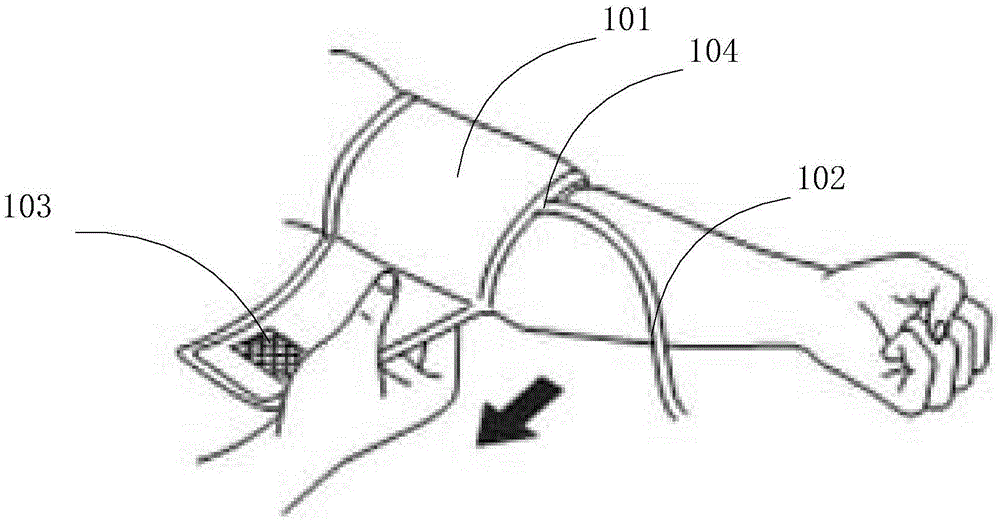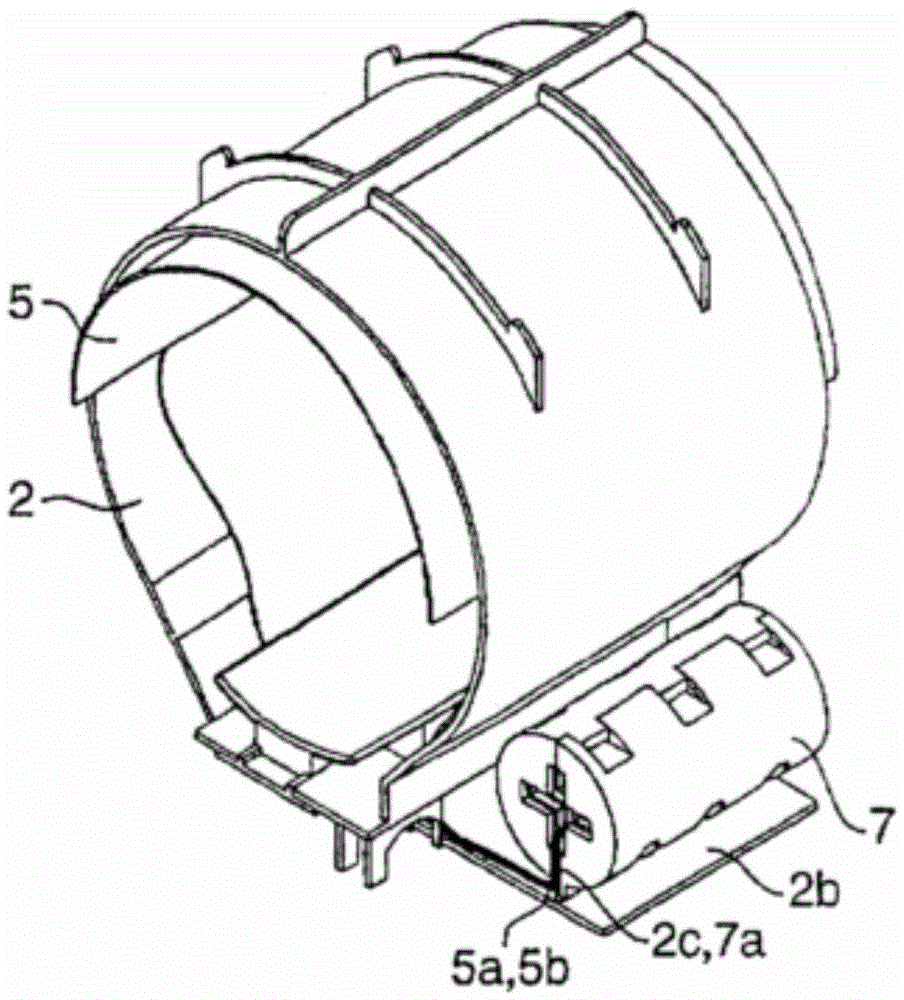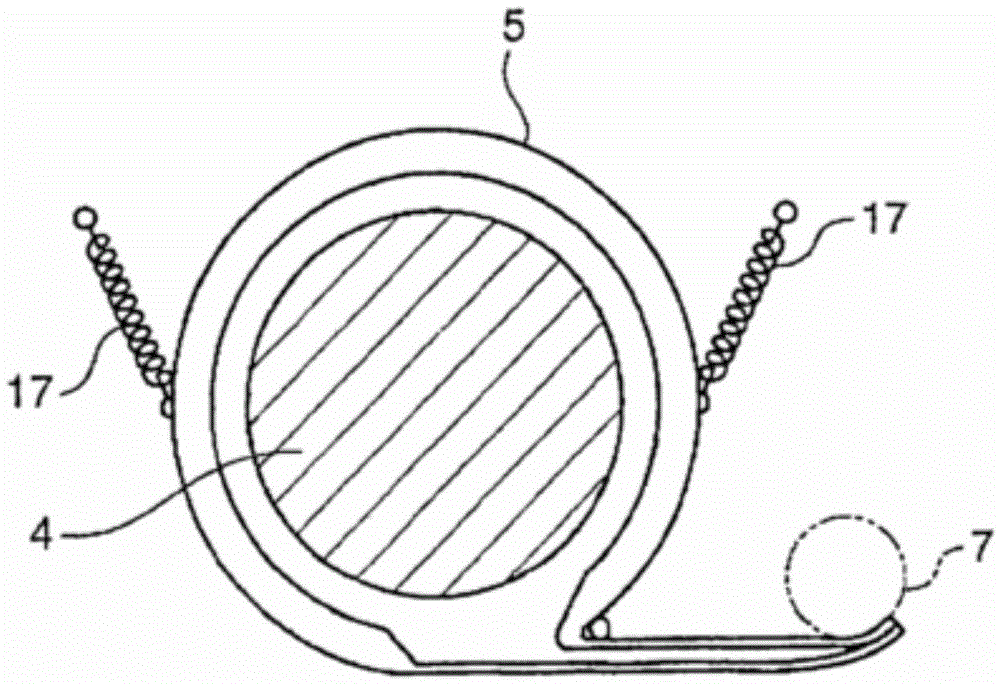Device and method for tightening or loosening a cuff
A cuff, control volume technology, applied in vascular assessment, cardiac catheterization, etc., to improve durability, facilitate disassembly, and provide durability
- Summary
- Abstract
- Description
- Claims
- Application Information
AI Technical Summary
Problems solved by technology
Method used
Image
Examples
no. 1 example
[0063] First refer to Figure 5 to Figure 9 A device for tightening or loosening a cuff according to a first embodiment of the present invention will be described. Figure 5 It is a front view of the device for tightening or loosening the cuff according to the first embodiment of the present invention, that is, a view of the device for tightening or loosening the cuff seen from the direction of the subject. Figure 6 It is a sectional view of the main shaft of the first embodiment viewed from the left side of the subject. Figure 7 It is a side view of the take-up mechanism of the first embodiment viewed from the left side of the subject. Figure 8 It is a schematic diagram of the relationship between the sleeve and the slide rail of the first embodiment. Figure 9 It is a schematic diagram of the kinematic relationship between the main shaft and the sleeve in the first embodiment.
[0064] Such as Figure 5 As shown, the device for tightening or loosening a cuff according...
no. 2 example
[0092] now refer to Figure 12 and 13 A device for tightening or loosening a cuff according to a second embodiment will be described. Figure 12 is a front view of the device for tightening or loosening the cuff according to the second embodiment. Figure 13 It is a side view of the device for tightening or loosening the cuff viewed from the right side of the subject according to the second embodiment.
[0093] The device for tightening or loosening the cuff according to the second embodiment differs from the device according to the first embodiment in that it includes a base 501 and a guide rail 514 .
[0094] The base 501 is used to support the entire main body, and is connected with the main body through a damping shaft 516 . The main body can adjust the angle through the damping shaft 516, such as Figure 13 shown. When the angle of the main body is adjusted, the angle of the base 501 does not change, and the damping shaft 516 can maintain any angle within the adjusta...
no. 3 example
[0100] Figure 14 is a side view of the device for tightening or loosening the cuff according to the third embodiment. Since the device is mainly aimed at the upper arm, if the arm is placed incorrectly, the measurement result will be different, so a monitoring switch 517 is set at one end of the sleeve. Only when the monitoring switch 517 is correctly pressed, the hand placement action is considered correct.
[0101] Alternatively, although in the above embodiments a combination of a motor and a clutch is used to perform tightening and loosening movements, a stepping motor is also used instead of a motor+clutch. Driven by a stepper motor to rotate and brake and hold. Other modes with power and braking functions can also be used to replace the motor+clutch mode.
PUM
 Login to View More
Login to View More Abstract
Description
Claims
Application Information
 Login to View More
Login to View More - R&D
- Intellectual Property
- Life Sciences
- Materials
- Tech Scout
- Unparalleled Data Quality
- Higher Quality Content
- 60% Fewer Hallucinations
Browse by: Latest US Patents, China's latest patents, Technical Efficacy Thesaurus, Application Domain, Technology Topic, Popular Technical Reports.
© 2025 PatSnap. All rights reserved.Legal|Privacy policy|Modern Slavery Act Transparency Statement|Sitemap|About US| Contact US: help@patsnap.com



